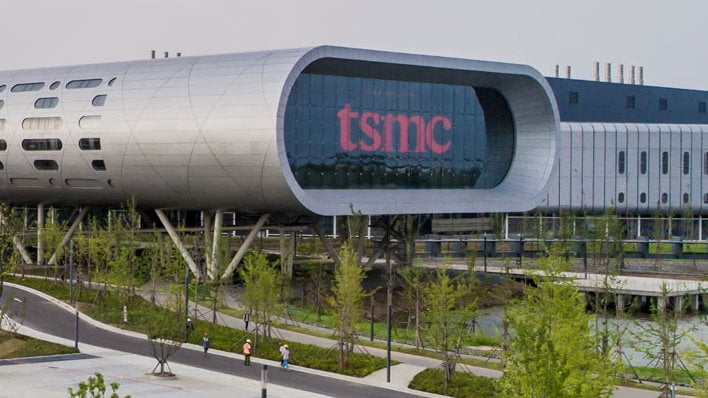TSMC And MIT Research Team Claims Amazing 1nm Chip Fab Breakthrough

It was just earlier this month that IBM announced an incredible manufacturing breakthrough with its 2-nm manufacturing process that crammed 50 billion transistors into the size of a fingernail. While that's still a future-looking technology that hasn't made it into mass production (and thereby not a solution for our current chip shortage just yet), it's already being surpassed. The combined research brainpower at the Massachusetts Institute of Technology (MIT) and Taiwan Semiconductor Manufacturing Company (TSMC) have announced some big breakthroughs using non-silicon materials to make very tiny transistors (as small as 1nm).
MIT and TMSC have published a joint paper describing a new set of materials that can be used to create monolayer (or two-dimensional) transistors. Those with long memories will recall that back in 2011, Intel unveiled its 3D Tri-Gate transistor technology that would be used in its 22-nanometer processors. Intel has been shipping 3D transistors since 2012's 3rd-gen Core lineup known as Ivy Bridge.
Using the third dimension -- height -- led to a big increase in transistor density, reducing die sizes and manufacturing costs as the technology matured. Other manufacturers, including TSMC, have gone the 3D route themselves. However, TSMC and MIT say that switching materials will allow a return to the traditional 2D transistors while matching current densities. Then by creating layers of those 2D transistors in a chip, the overall density scales by a factor matching the number of layers.

The joint research paper, the abstract for which can be read on Nature's website, describes manufacturing challenges caused by metal-induced gaps in conductivity while building the chips. Using the post-transition metal bismuth and some semi-conductive monolayer transition metal dichalcogenides, the gaps can be reduced in size, producing 2D transistors much smaller than had been previously possible.
As a result, TSMC and MIT say they've achieved zero Schottky barrier, meaning they've hit the theoretical energy barrier for electrons formed on semiconductors. That means power leaks should be kept as low as possible, allowing faster speeds on top of achieving more density. The teams also demonstrate low-resistance ohmic contacts with a variety of existing semiconductor materials, including molybdenum disulfide (MoS2), tungsten disulfide (WS2), and tungsten diselenide (WSe2). These are all common compounds found in semiconductors already, so there's no need to find additional materials.
This is potentially a huge breakthrough, as multi-gate (which includes 3D transistor) technology is complex to create, and prone to issues when shrinking feature sizes. Monolayer technologies had suffered from those metal induced gaps, but if those can be eliminated, manufacturing the chips that all of our technology relies on. The combined research teams don't put a timetable on mass production, but any moves in that direction are certainly welcome.

